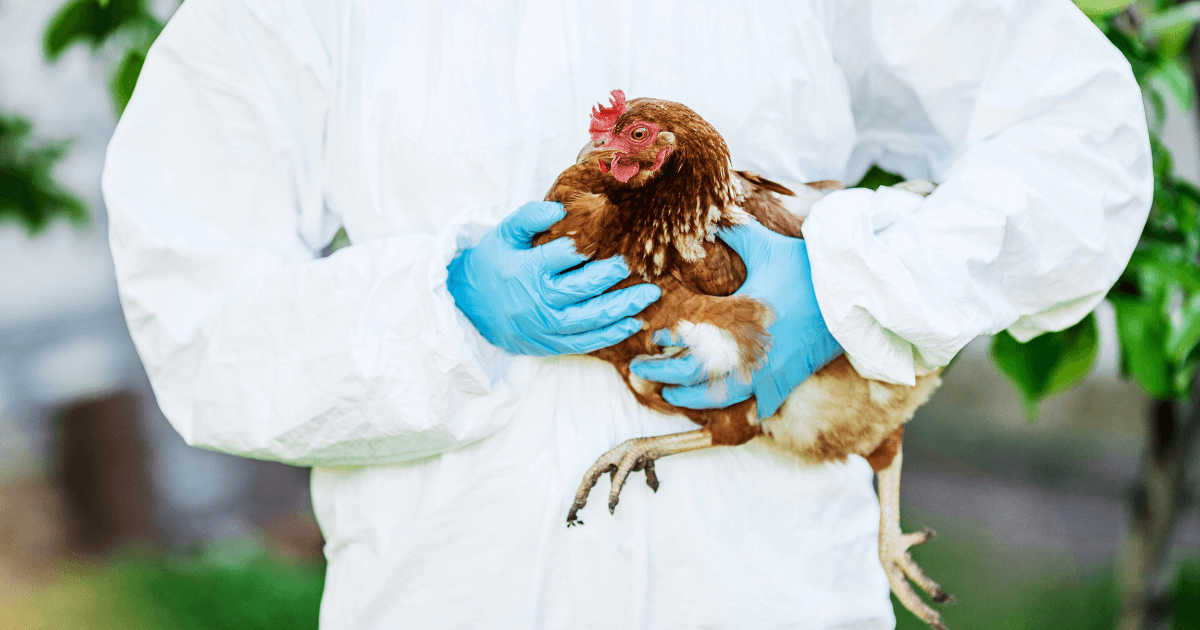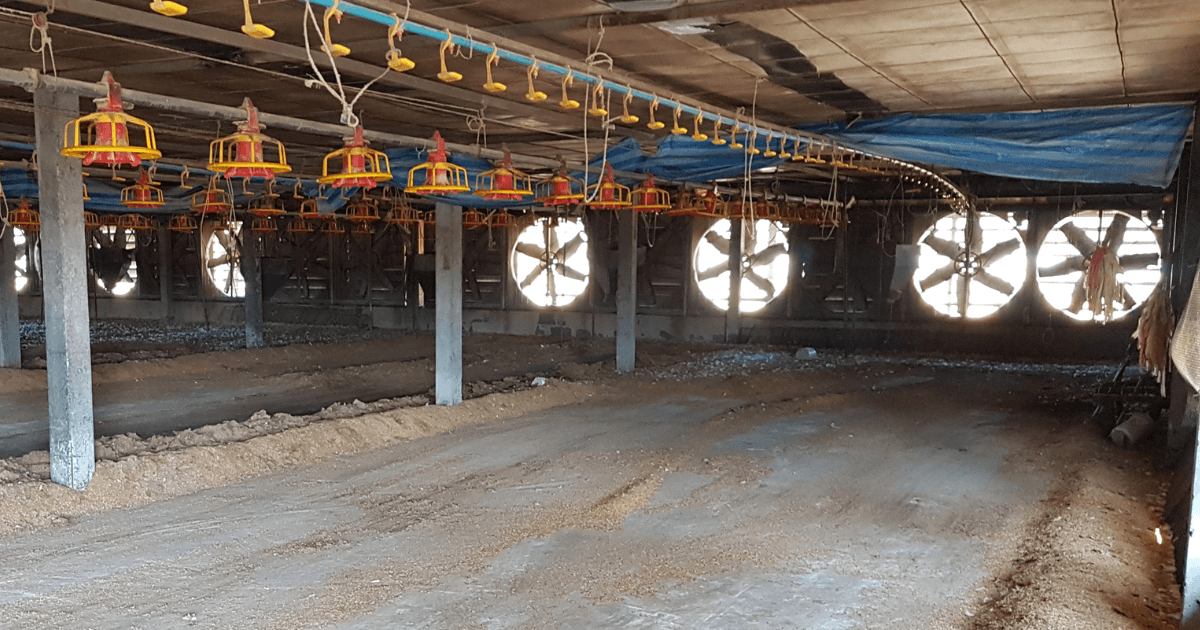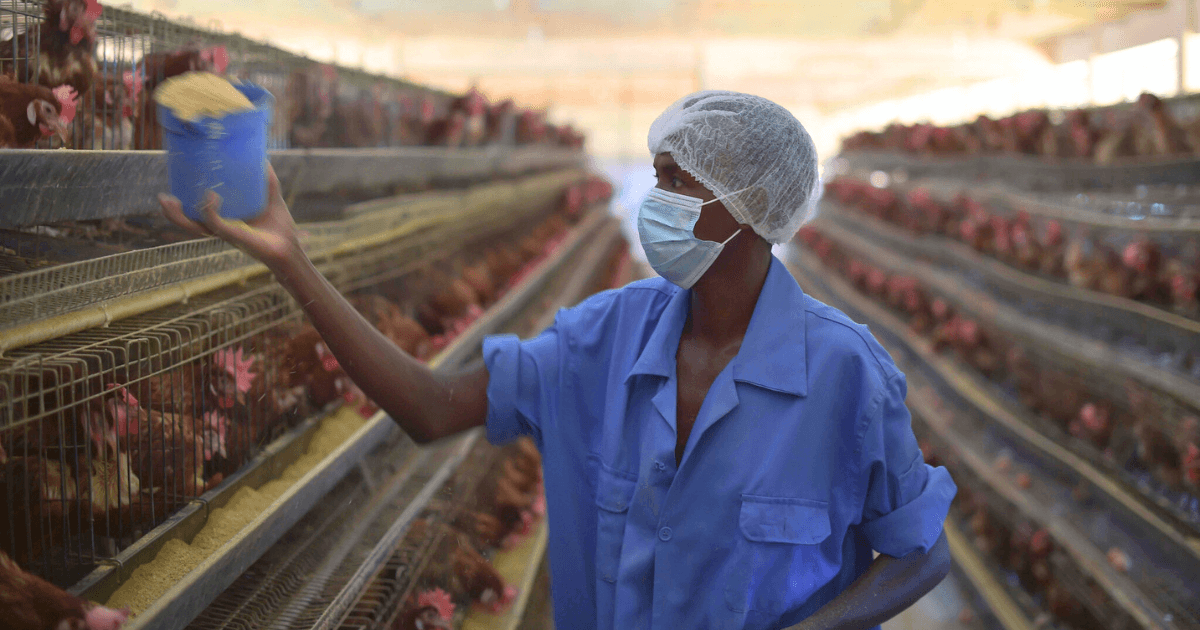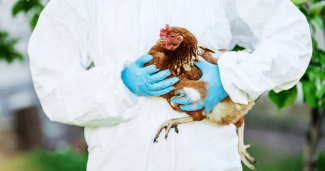Quick Response, Improved Surveillance, and Excessive Heat: Factors in the Rise of Avian Flu Cases

The headlines are head turning: almost 70 suspected cases of H5N1 (also known as avian flu or bird flu) in workers at a Colorado poultry farm. If confirmed, the number of worker cases would skyrocket from the thirteen confirmed cases (four at dairy farms, nine at poultry farms) from earlier this year. Yet, the story behind the numbers is nuanced and important.
A field team from the Centers for Disease Control is on the ground in Colorado, working closely with state and local authorities and farm owners. “It’s encouraging to see CDC, state public health officials, and the ag community working together to get a better understanding of what’s happening with H5N1,” noted Amy K. Liebman, MPA, Chief Programs Officer of Workers, Environment, and Climate for Migrant Clinicians Network. “As we are seeing in Colorado, our public health system is taking it seriously. This suspected case count is an important indicator that our systems are functioning.”

Simultaneously, the extremely high heat conditions in which workers find themselves are abnormal, leading to the potential for greater exposure. Some reports from the poultry farm in Colorado noted that the workers with suspected H5N1 were culling an infected flock while large fans were operating, which may have decreased the effectiveness of personal protective equipment (PPE). “It’s understandable that proper use of PPE becomes extremely hard when temperatures soar. Opportunities for exposure to H5N1 could increase with various factors; in Colorado, the addition of fans while flocks were being culled due to an outbreak may have increased exposure.”
Since the beginning of the outbreak of H5N1 on dairy farms, the importance and challenges of PPE use have been at the forefront of conversation around prevention. Even in ideal temperature conditions, correct and effective use of PPE is difficult. “To best protect workers, the full hierarchy of controls needs to be considered. Engineering controls to minimize exposure become even more crucial as we deal with these extreme temperatures. Yet, we need to take into account that efforts to reduce heat may conversely increase risk of spreading H5N1, and we need to act accordingly,” Liebman continued.
More surveillance and studies are needed to better understand the routes of H5N1 exposure, so public health authorities can confidently recommend hazard controls that match the overlapping threats at hand. And it’s very important to ensure worker protection recommendations consider the task. “Culling infected flocks is very different from milking a cow,” Liebman commented. With hotter temperatures becoming a recurring theme as the climate crisis advances, heat must also be a central consideration in worker protection.

“This is not a new question; we face this high-heat conundrum in pesticide exposure reduction as well,” Liebman added. “During high heat, the PPE we recommend to minimize pesticide exposure may increase worker heat exposure. We need to use and understand all the tools available. Heat is just underscoring that we cannot solely depend on PPE to protect workers. We must consider and apply a hierarchy of controls accordingly so that workers are safe.”
In the meantime, Liebman is gratified to see CDC and other authorities calling for engineering controls based on the information and science that we have at present.
“I am pleased to hear that the CDC field team includes an industrial hygienist and that CDC officials are seeing the importance of engineering controls,” Liebman said. “H5N1 is indeed an infectious disease, but it’s also workplace hazard. Worker safety is public health -- and we must apply the tools of occupational health and safety to protect workers.”
Learn more about the recent H5N1 outbreak and access resources for migrant and immigrant workers and their clinicians on our Avian Flu page.
Access dozens of resources, webinars, and articles on heat on our Heat page.
Better understand how the climate crisis factors into workplace exposure on our Climate Justice page.
- Log in to post comments
